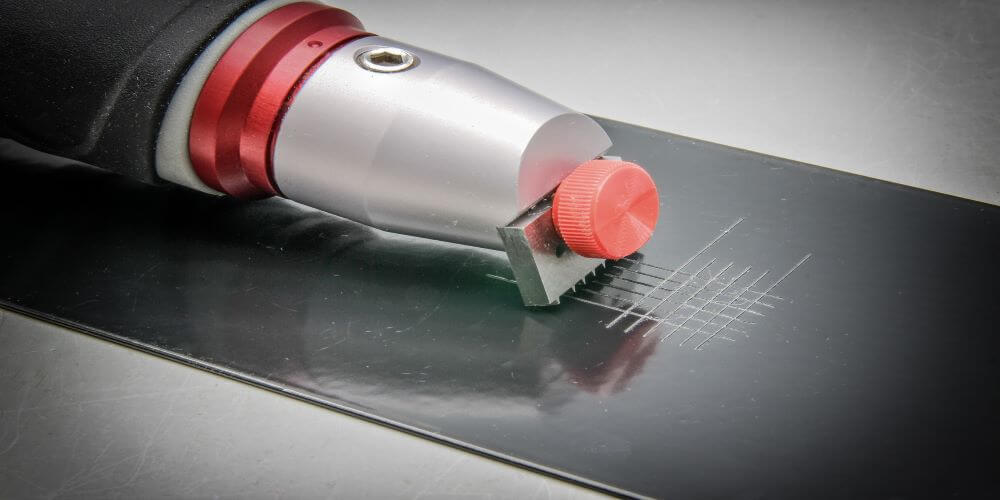
Aluminum Anodizing| It’s More than What Is on the Surface
After parts and prototypes have undergone machining, surface finishing comes to play. There are surface finishing options available, but one of the most used is Aluminum anodizing. As the name suggests, this type of finishing applies to parts made of Aluminum and its alloys. Aluminum anodizing offers you a lot of benefits from corrosion resistance and longer shelf life for parts. You can categorize Aluminum anodizing into three subcategories, namely;
- Type I
- Type II
- Type III
Type I
It is also called light type anodizing. The electrolyte used in this process is chromic acid, and our Aluminum s the cathode. An anode is an added position to surround the anode. A chemical reaction occurs where positive ions from the anode react with the electrolyte. At the anode, aluminum ions quickly react with oxygen to produce aluminum dioxide as a barrier layer preventing further reaction.
Features
- Ideal for high tolerance parts
- Non-conductive
- Ideal for welding parts
Type II
The concept is similar except the electrolyte- Sulfuric acid. Sulfuric acid is more potent than chromic acid resulting in a thicker oxide layer when anodizing Aluminum.
Features
- The process is less expensive compared to type I
- The oxide layer is thicker than the chromic anodizing
- Offers you a wide variety of coloring
Application
Optical components
Military weapons
Hydraulic valves
Mechanical hardware
The barrier forms pores filled with dye for coloring, and the pores are latter sealed by rinsing the anodized Aluminum with clean water.
Type III
Typically, the same process and materials are used in this process, as in Type II. The only difference is the increased voltage and sulfuric acid concentration. The resulting oxide layer is much thicker with an estimated thickness of human hair. It may sound small, but it is quite huge when it comes to Aluminum anodizing.
Benefits of anodizing Aluminum
Anodizing aluminum not only give you excellent surface finishes but also;
Hardens your parts
The aluminum dioxide is very hard; it comes next on the line after diamond in the hierarchy. Anodizing aluminum, especially with Type III hardens parts, is why industries like aerospace use type III anodizing for aluminum parts.
Chemical resistance
The aluminum dioxide is a highly stable compound and does not react with other elements, even at high temperatures. It is ideal for industries that deal with a highly reactive substance which are corrosive.
No peeling off
When you color your part by anodizing Aluminum, the dye is embedded deep in the pore of the barrier wall, making it hard to peel off due to friction.
The process is Eco-friendly.
The byproducts of Aluminum anodizing remain in the electrolyte except for the hydrogen gas that is released. Hydrogen gas is not harmful to the environment, although you should be careful around pure hydrogen since it is explosive.
When anodizing Aluminum, you can fill the pores with adhesives, especially when you need to glue parts together. Anodizing aluminum is not only about giving it quality surface finishes and color. You are enhancing the parts’ features to make it more efficient. Other processes can be used together with anodizing Aluminum to make your parts even more efficient.
